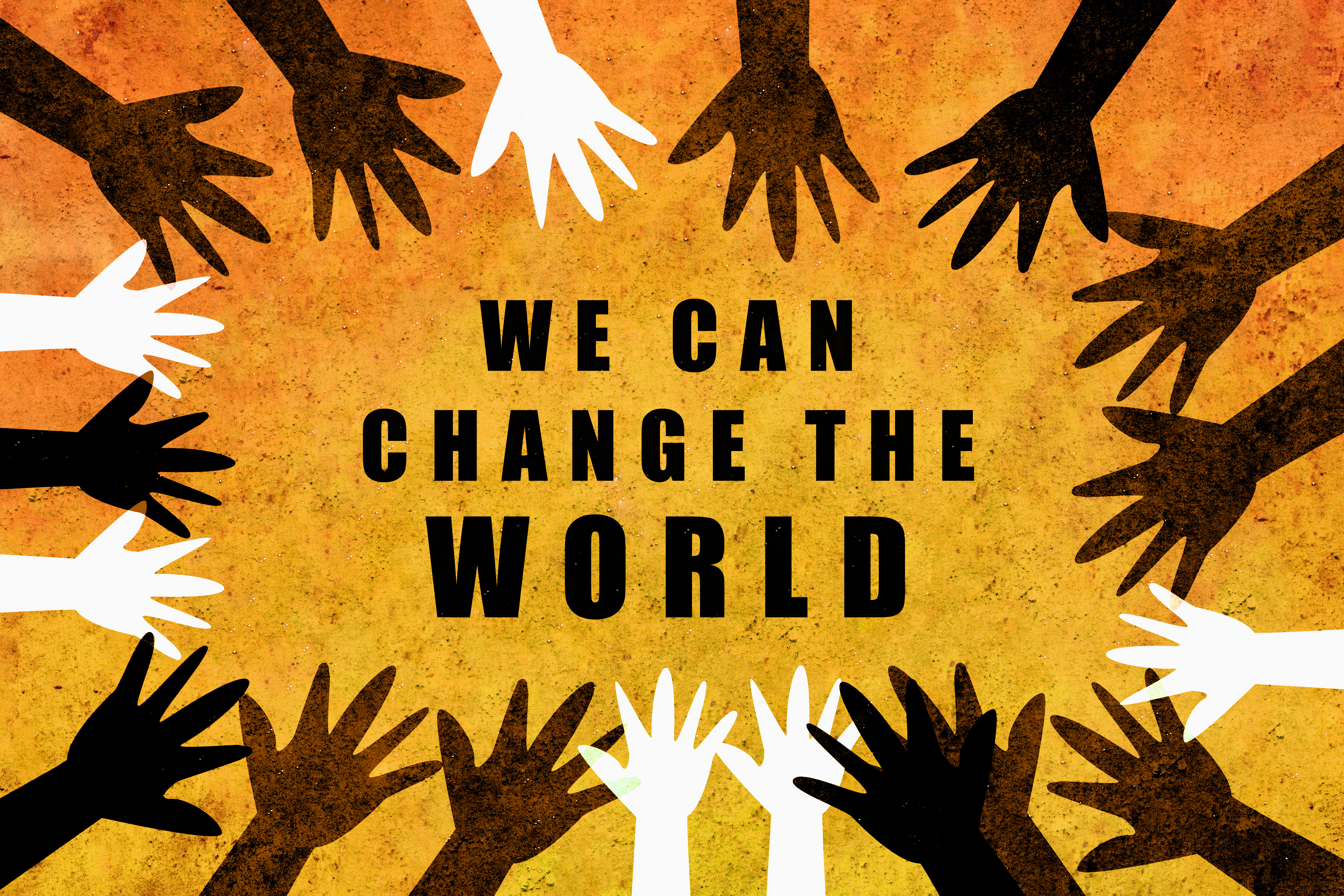This resource is excerpted from the Not In Our Town Over Zero Resiliency Guide and Action Toolkit. (Download the PDF)
A Hate and Bias Incident Response Team provides support for community members who are targets of hate and bias; helps build relationships between community members targeted by hate and between residents and key institutions in the community; pinpoints problems before they escalate and prevent hate crime; and builds trust and better relationships between law enforcement and the community. Additionally, the hate and bias response team could help to defuse community tension during the aftermath of a hate-related incident.
The Hate Response Team would be a subcommittee of Not in Our Town, and would be a collaboration of governmental agencies, nonprofit organizations, and community members.
RESPONSIBILITIES
• Monitors incidents of hate and bias by working with law enforcement, local media, community groups and social media.
• In cooperation with other resources, supports victims and targeted communities after incidents to both provide resources and express support from the community.
• Works with the NIOT community to communicate facts about incidents, guided by the needs and wishes of victims
• Works with the NIOT community to mobilize communities in response to incidents, with a focus on defusing situations.
TEAM CONCEPT
This should be a diverse group that can respond to the specific needs of targeted groups. Membership should include community and civic leaders, including representatives of diverse communities targeted by hate, city and county agencies, civic organizations, faith groups, law enforcement, youth leaders and parent groups. (see more about this in the full resource guide)
All members should be trained, but a core group should have more focused training that can help guide incident response. Some leaders on the response team will be trained to work with victims, others may be able to act as liaison with law enforcement or social media. The majority of members will be there to help build a response and support for victims by reaching out to diverse communities when an incident occurs, write letters and messages of support for victims, organize vigils or gatherings, and spread positive messages of support and information on social media.
BEST PRACTICES FOR HATE AND BIAS INCIDENT RESPONSE TEAM
1. Builds a response protocol for incidents including contacting victims, working with the team to provide resources to the victim, communicating with target groups, and helping to mobilize a community support response.
2. Develops a relationship with local law enforcement and the District Attorney to act in support of victims when a hate incident occurs.
3. Contacts victims to express support from the community and see if the victim is willing to come forward, or would like to remain anonymous. Respecting the wishes of victims is essential to team protocols. It is always optimal for victims to report incidents to law enforcement, but that may not be possible or wanted by the victim. While it is critical that this step is taken in cooperation with law enforcement to be able to support the victim, the team’s efforts should not compromise any possible investigation.
4. Works with NIOT community outreach team on a communications plan to help alert the community of an incident.
5. Raises awareness in the community about the Response team and victim support needs.
6. Creates monitoring mechanisms that include:
• Connections with diverse local organizations providing email addresses and or a phone number for targets to call in case of an incident.
• Relationships with local media organizations or reporters to learn about hate incidents and raise awareness.
• Relationships with diverse student and parent groups in schools.
|
|
